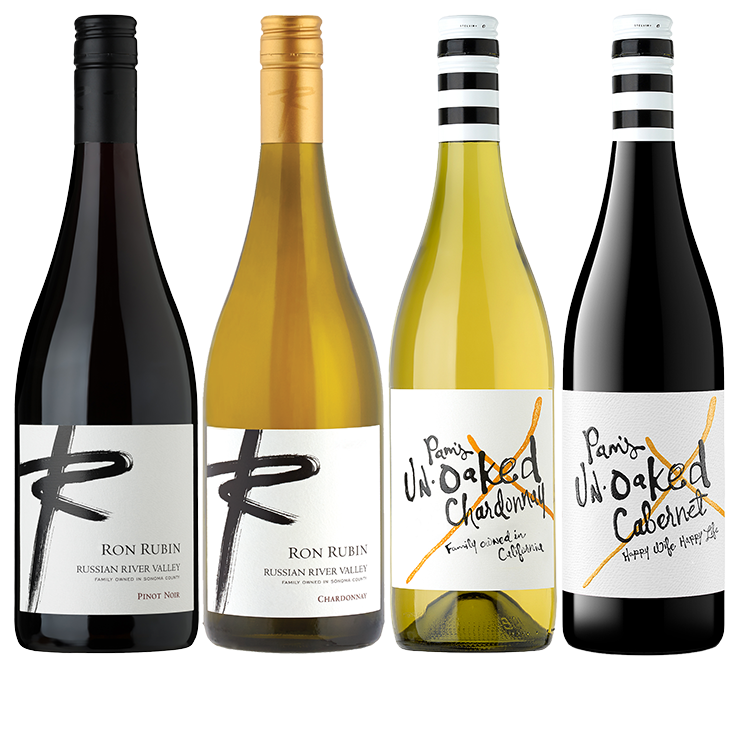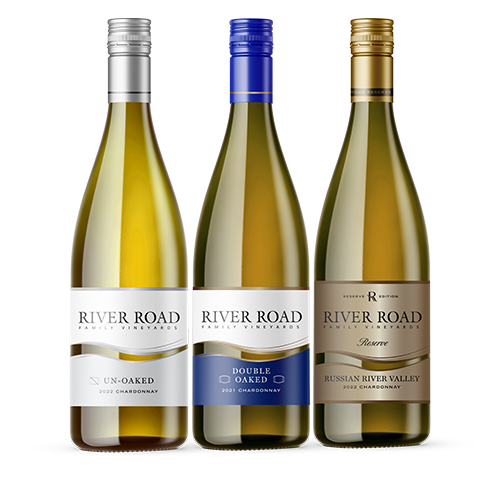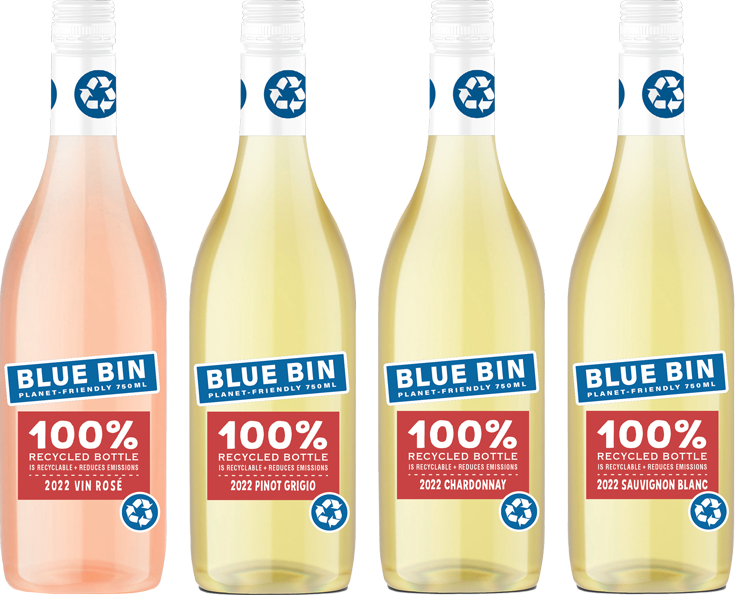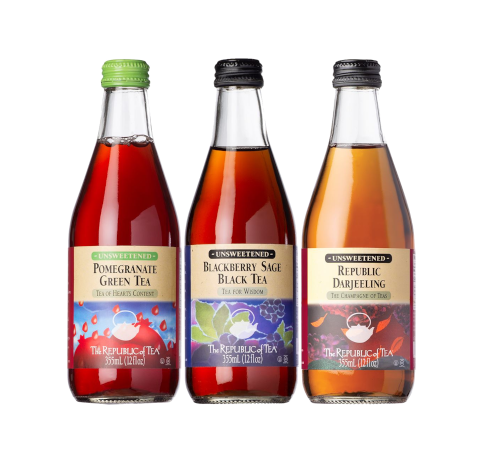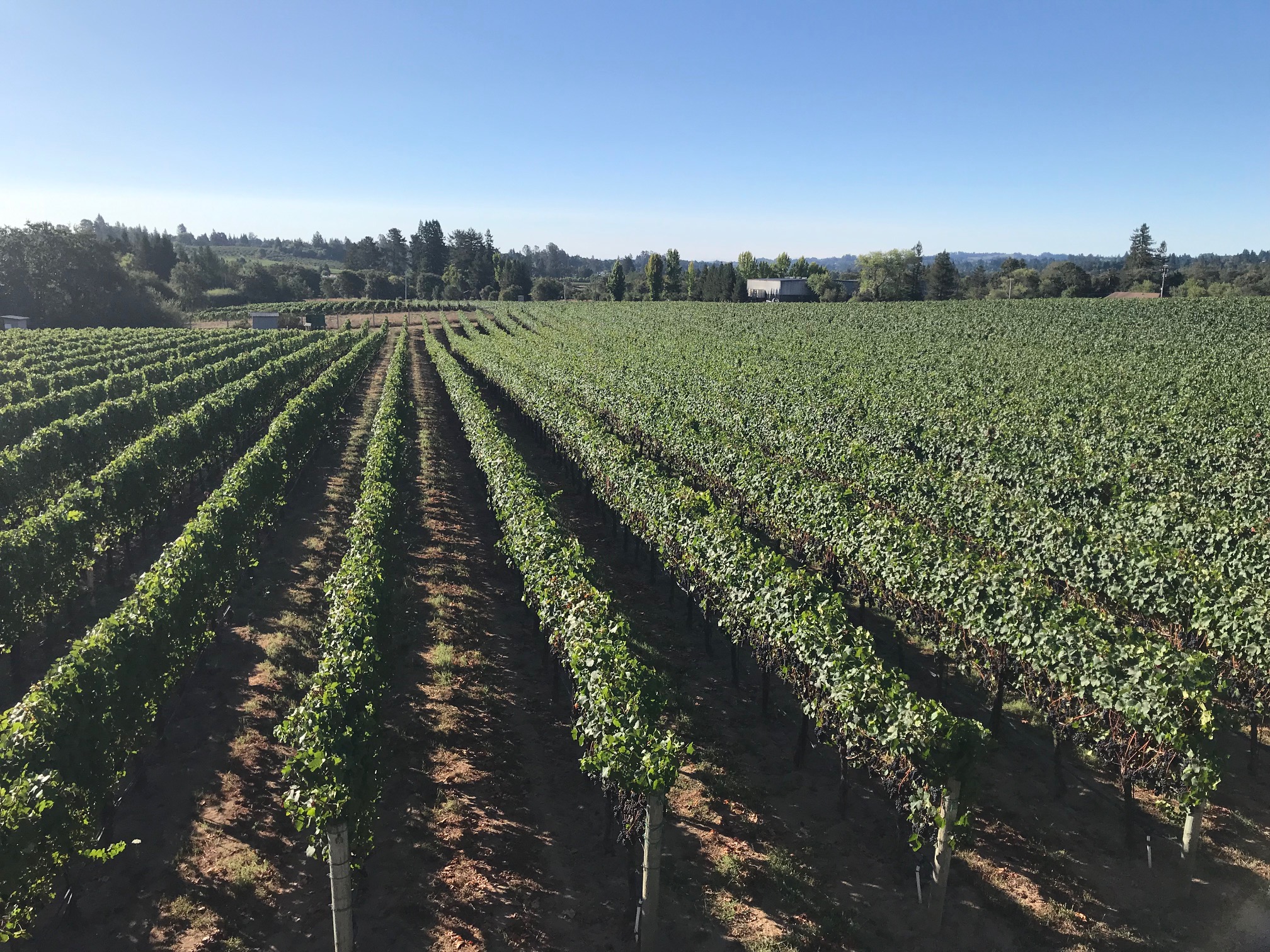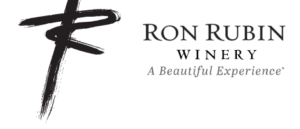Vineyard Update
Nothing is certain in winegrowing, and expectations that seem well-founded one moment can be proven wrong quickly by the whims of nature. Temperatures during the past month have been above normal, with our signature Russian River Valley fog lingering for a shorter period in the mornings than is typical for August. This is pushing the ripening forward, with our expected harvest dates now catching up with last year. This means the first Pinot Noir will arrive on the crush pad around September 12.
During spring, our grapevines were behind their normal schedule for budbreak and bloom, so we were anticipating a very late harvest. However, recent warm temperatures have pushed the vines along. In fact, the two months of July and August were the warmest of the past three years. We can see this by tracking Growing Degree Days. This is a calculation utilizing the average daily temperature (both daytime and nighttime temperatures) and provides a summation of overall heat.
| On June 25 | On August 25 | Two Month Increase | |
|---|---|---|---|
| 2019 | 899 GDD | 1804 GDD | +899 |
| 2018 | 812 GDD | 1726 GDD | +812 |
| 2017 | 982 GDD | 1832 GDD | +850 |
My quality assessment when walking the vineyards involves not only sampling and tasting the grapes, but also looking at vine vigor for stress indications and confirming that additional thinning is not needed. I’m very happy with the condition of our vines, uniformity and early flavors!
Pinot Noir sampled on August 26 tested at 19.8 to 21.1 degrees Brix (Brix is our standard measure of sugar content). Ripe enough for sparkling wine, but several more weeks will be necessary to achieve sugar and acid levels appropriate for our wines. We will also be monitoring flavor, color and tannin development.
Pinot Noir does ripen quickly as harvest approaches, and is prone to dehydration if very hot temperatures continue. For that reason, we’ll be vigilant and make sure we are ready to harvest just as soon as the grapes reach perfect ripeness.
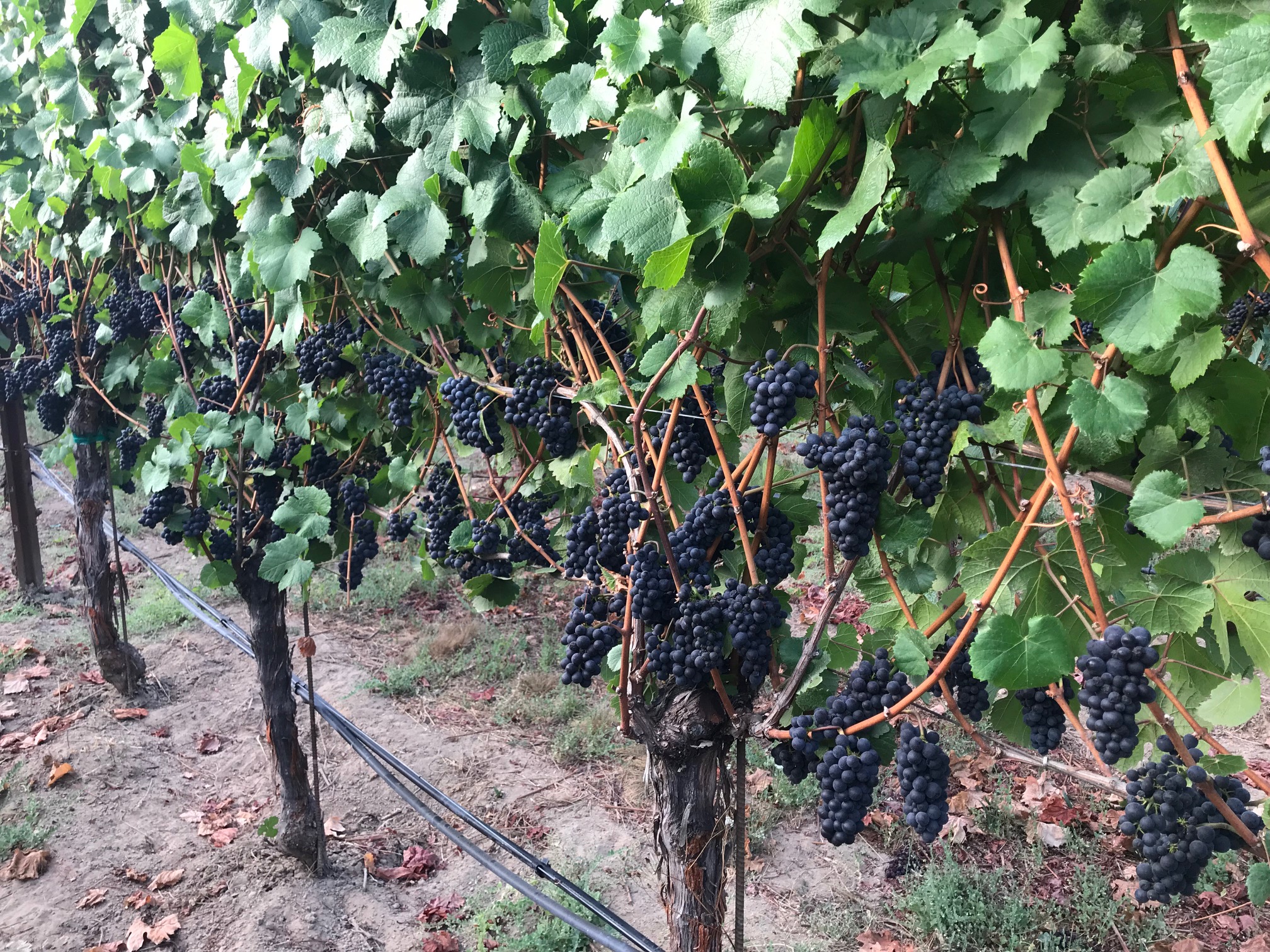
Clones of Pinot Noir
Pinot Noir, as with all widely planted wine grape varieties, is available from the nursery as a choice of clonal selections. What is a clone? In this context, it is a grapevine that is propagated asexually, sharing the exact genetic makeup of the parent plant. This propagation is done by taking cuttings from the mother plant and rooting them or grafting them onto a rootstock. If a grapevine is grown from seed, the resulting plant characteristics will be unpredictable and the grapes will likely be unsuitable for wine production. By using clones of our favorite Pinot Noirs, we can maintain quality and uniformity in the vineyard.
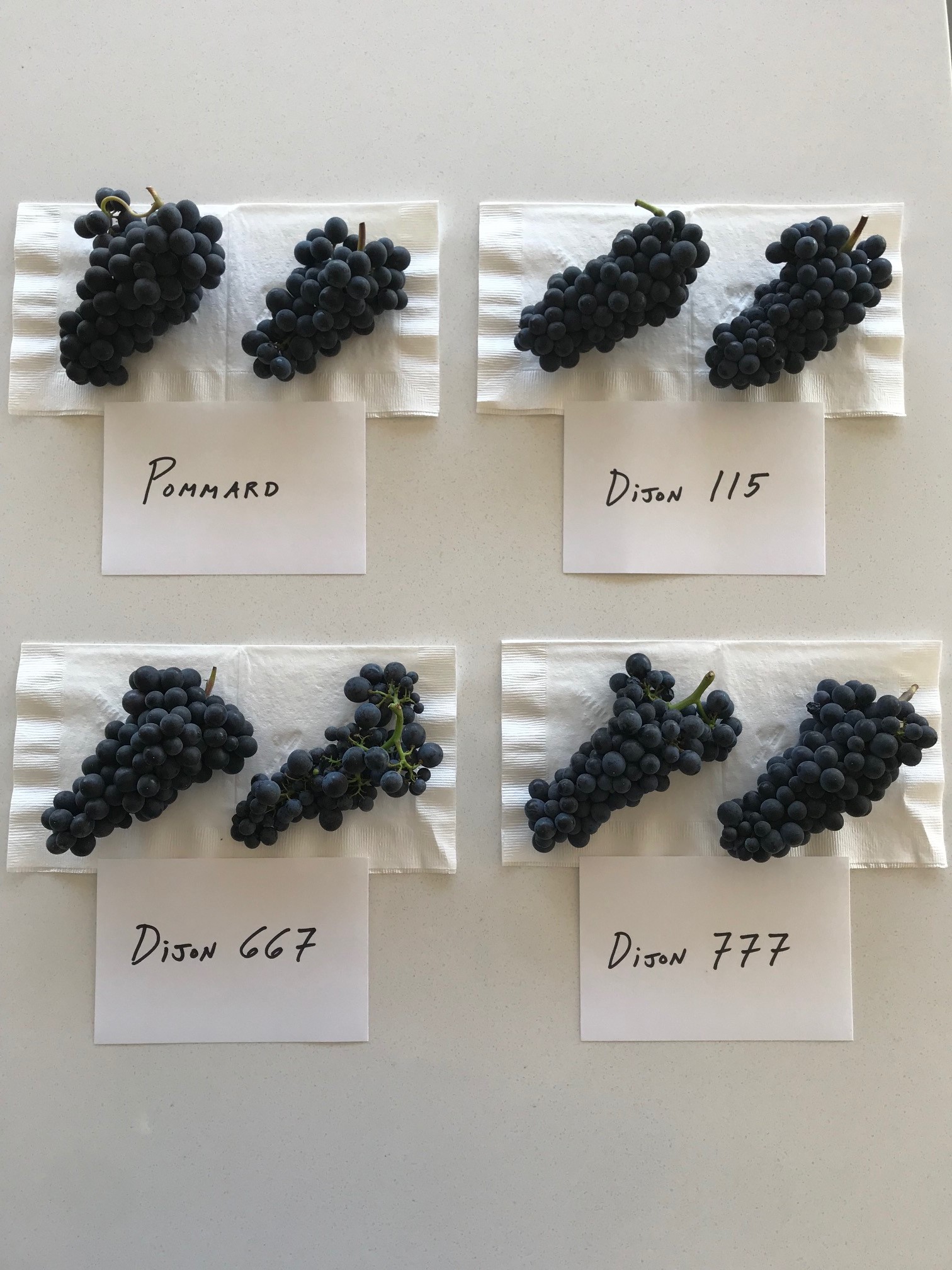
We have four clones at Ron Rubin Winery, all of which originated in the Burgundy region of France.
Dijon Clone 115 – Our most consistent performer. It’s proven itself in a variety of different vintages, remaining consistent in character and yield. Lots of red cherry fruit and vibrant acidity.
Dijon Clone 667 – Also a consistent performer, with a softer, pretty mix of red fruit and supple tannins. The photo above shows one cluster with a “hens and chicks” structure. This is due to incomplete pollination of some of the flowers. If there’s no viable seed in the berry, the grapevine will not devote as many resources to growing the berry. They still taste great though!
Dijon Clone 777 – Typically presents smaller clusters, with firmer tannins, dark color, cherry and plum flavors. 777 can be prone to dehydration and raisining, but ours are weathering this year’s heat very well. The clusters shown in the photo are somewhat larger than many years, reflecting good pollination and berry set.
Pommard Clone 4 – A good all-around Pinot Noir, with consistent quality year after year. Pommard is my choice for a “single clone” Pinot Noir, as it presents great balance of tannin, flavor, color and acidity.
Ed’s Cooper Notes
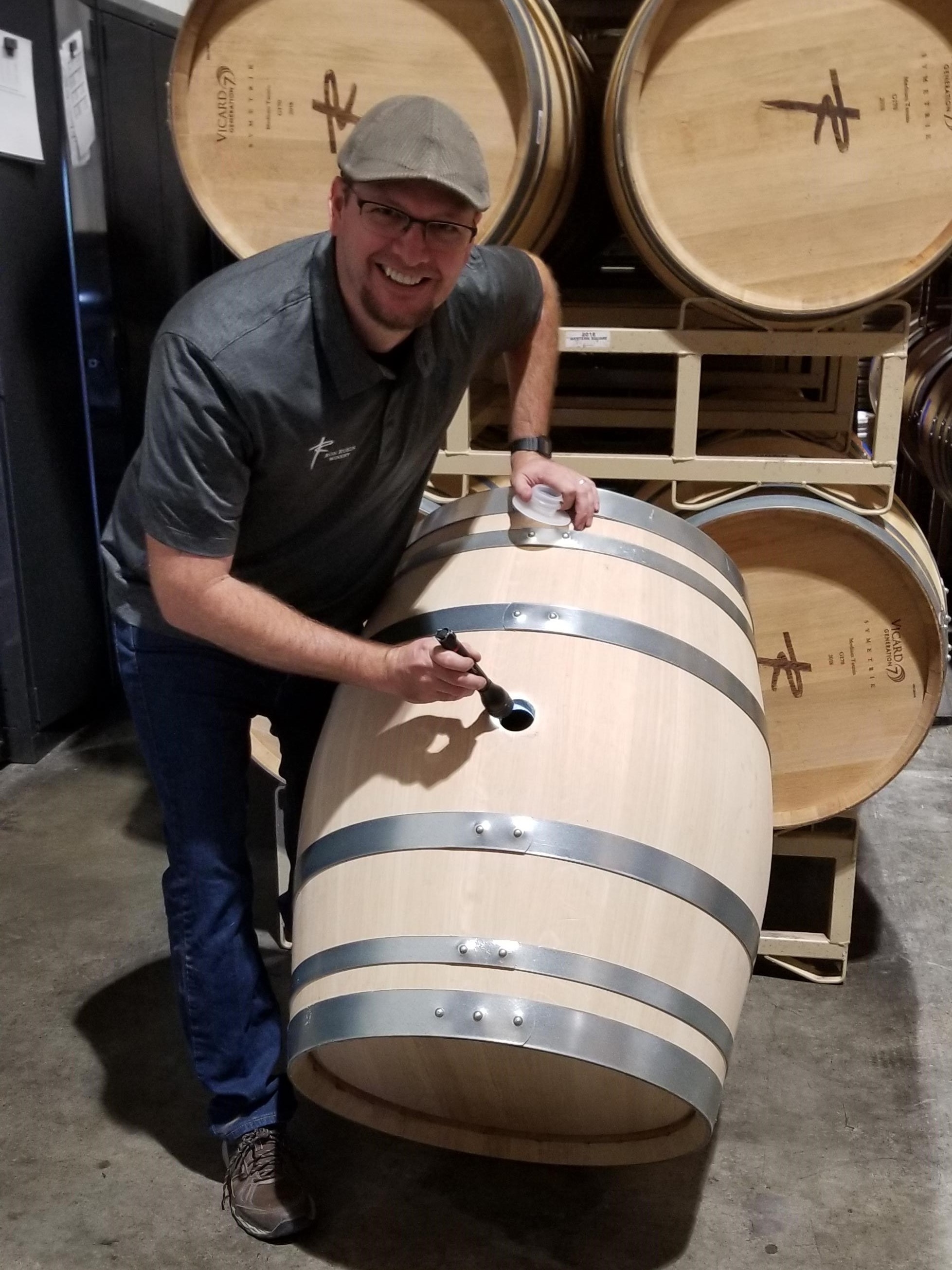
As we enter 2019 harvest season; innovation is in the front of our minds. Not only are we preparing to harvest and process grapes, but we are also taking shipment of our new barrels. Seeing and inspecting the new barrels every year is one of my favorite annual tasks, but this year I’m especially excited about something that we’re doing with our older barrels. Once a barrel has been filled four or five times it no longer contributes the wonderful aromas and flavors it did when it was new. In ‘wine lingo’ we call these barrels “neutral”. This year we’re pushing the envelope with some of our neutral barrels. Instead of selling them off and turning them into planters, we are taking them apart and having the wine-soaked wood shaved out to expose fresh unused wood. By doing this we are effectively doubling the life of our barrels and are contributing to the preservation of our planet’s precious oak forests!
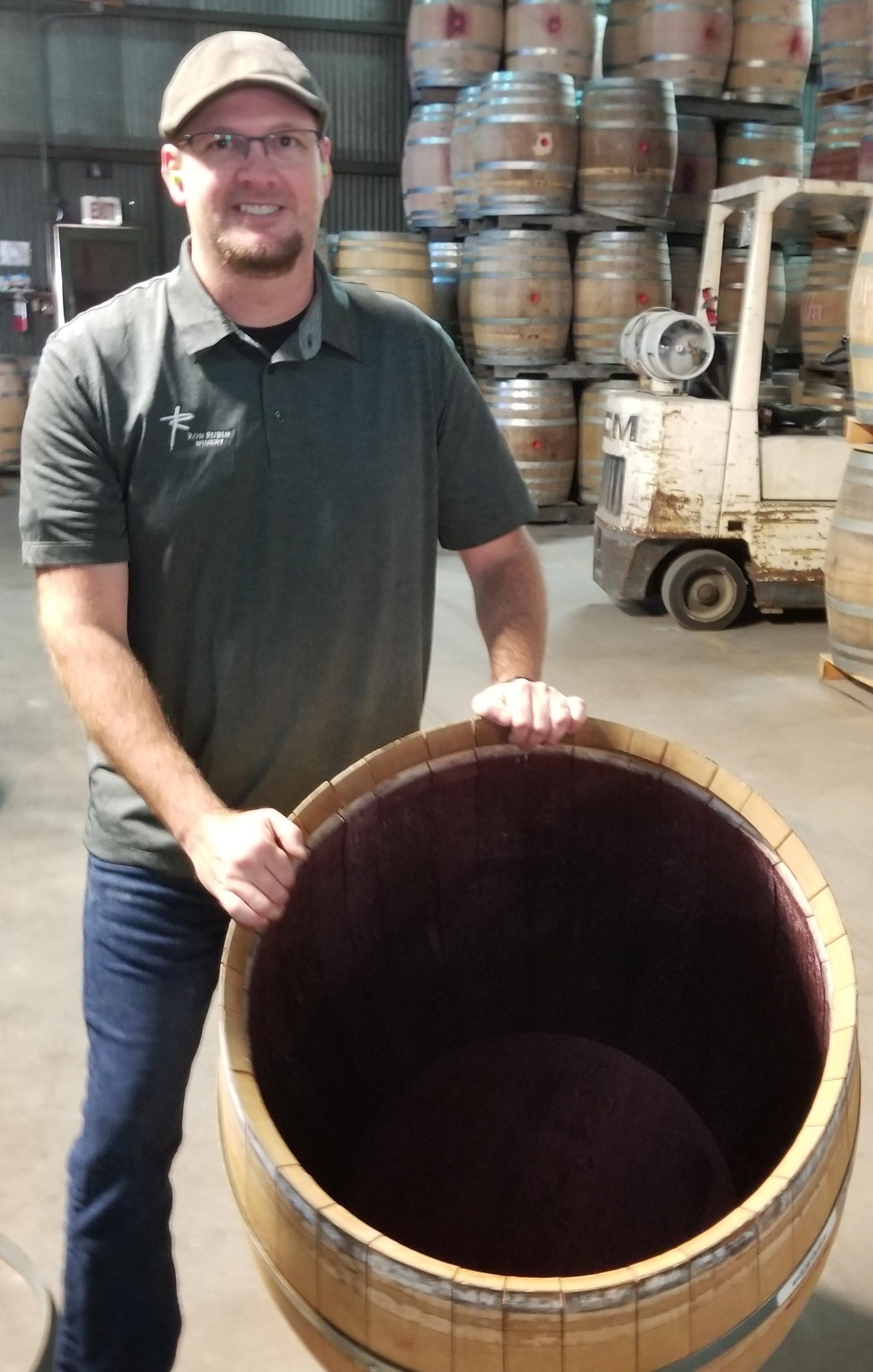
We’re able to do this process because of the innovative thinking of our cooperage partner Vicard Generation 7. Not only have they changed the cooperage game with their barrel selection by “Oak Tannins” but they have put the following design elements into to their barrels which allows them to be successfully shaved and used again!
- The interior of the staves are perforated to a depth of 2 millimeters, to allow moisture to escape during the toasting process. This prevents blisters from forming which causes pockets where wine gets in and can’t be removed during the shaving process
- The barrels are toasted with a slow penetrating toast. This means that when you remove the layer of wine-soaked wood you’ll expose fresh toasted wood. This will give you the wonderful aromas and flavors once the barrel is put back together and filled again
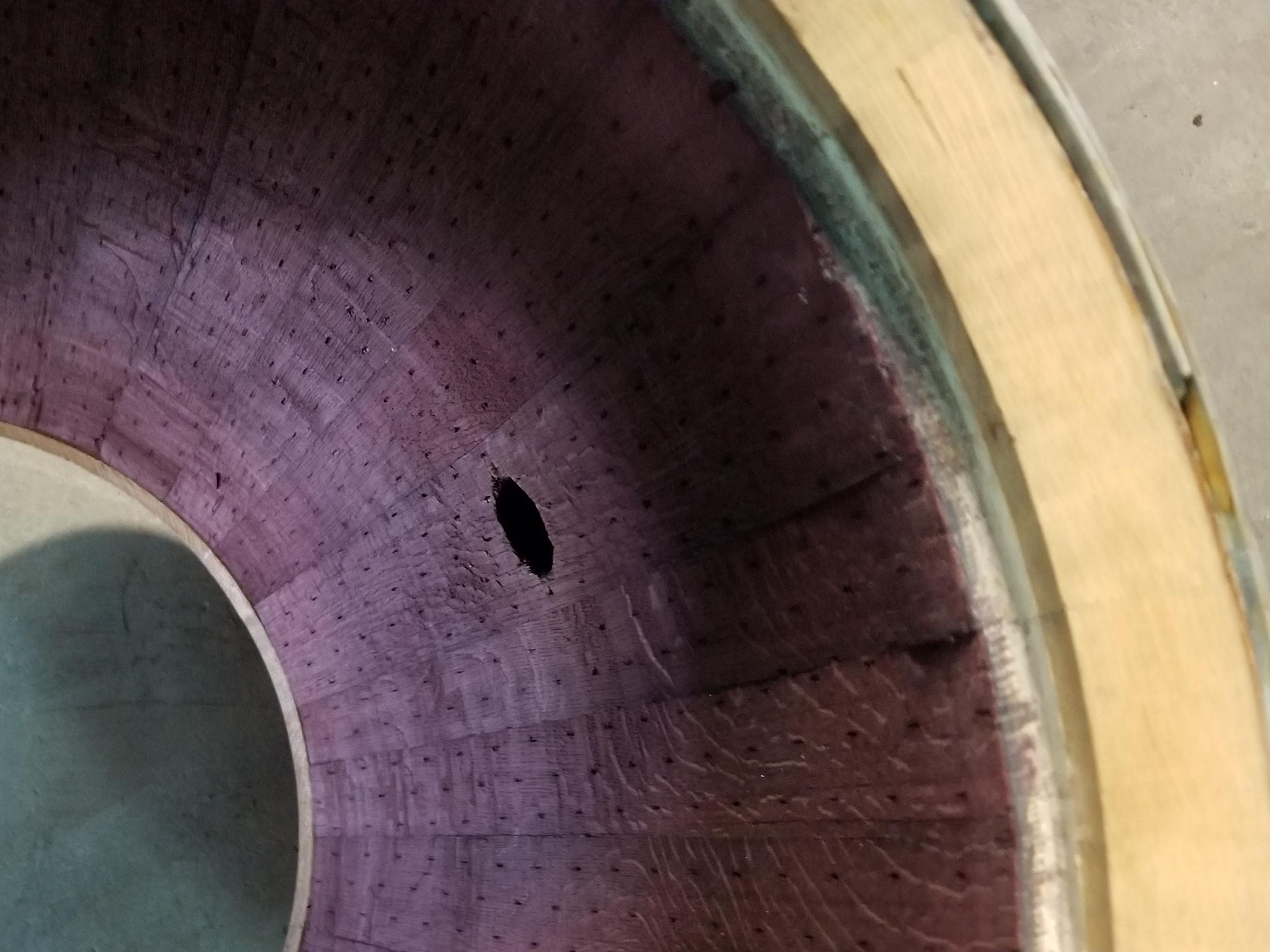
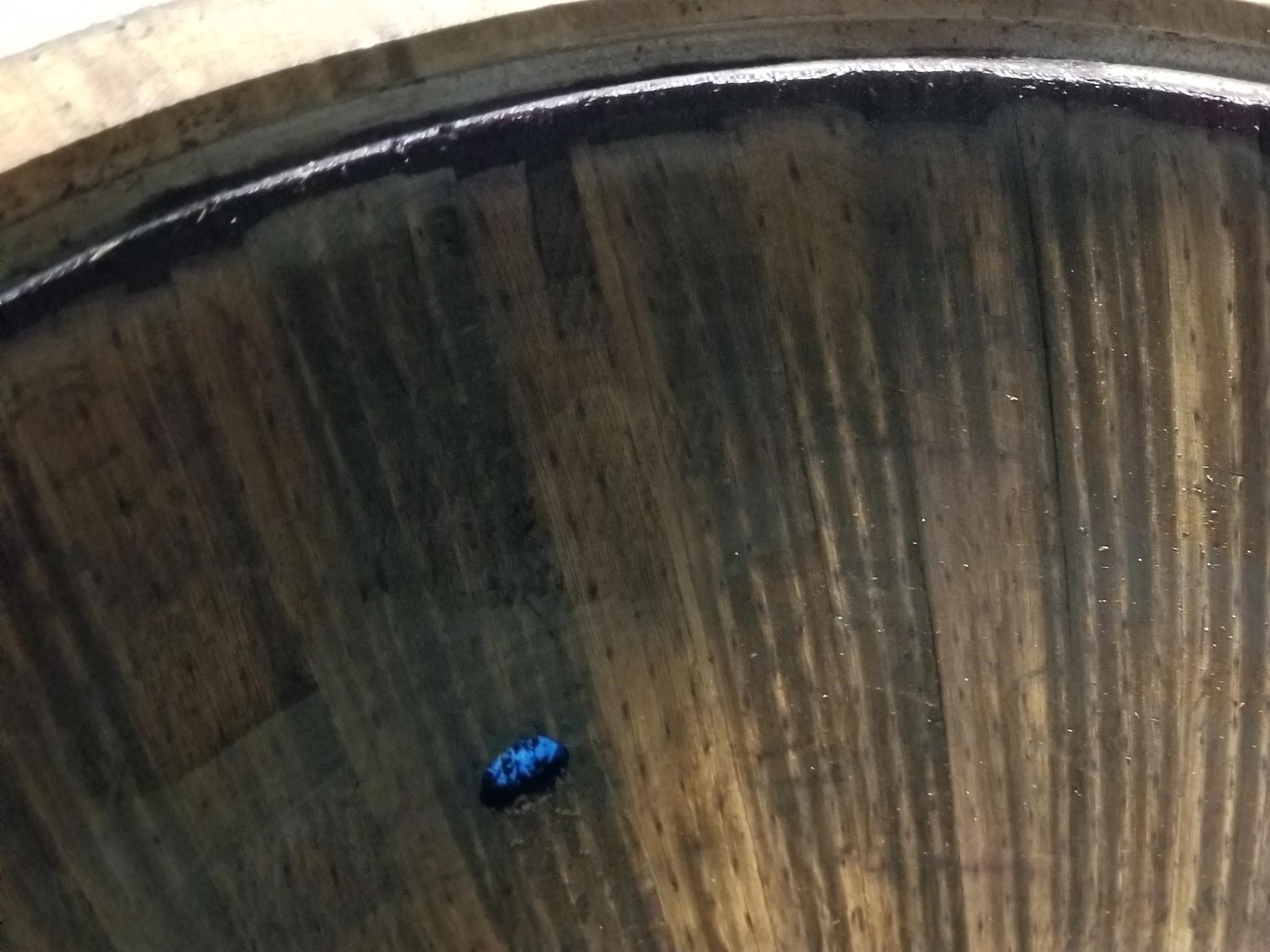
It was fun for me to be able to roll up my sleeves and pick up my coopers hammer and have a direct impact towards our sustainability efforts. We’re always excited to be able to put in practice these forward-thinking ideas. We’d like to thank our cooperage partners at Vicard Generation 7 for their innovative ideas that make our industry more sustainable.
Cheers!

